Fully Automated 4-in-1 Tablet Testing Instrument
- Pharma Test - PTB 420 Auto
- Test up to 25 samples fully automatically by using the integrated feeder; feeder can be refilled at all times for more than 25 samples in one test
- Automatically determine the individual sample weights using the integrated Sartorius analytical balance
- Automated positioning of samples in the testing area by unique alignment jaws
PTB 420 Auto features an access controlled calibration and adjustment program for the four testing stations
PTB 420 Auto features an access controlled calibration and adjustment program for the four testing stations. For the thickness and diameter station, certified reference blocks are used for both calibration and adjustment. Weight sets are used to calibrate and adjust the integrated balance and the force sensor (load cell) of the instrument over the complete measuring range. For the two point adjustment (zero and reference) of the load cell inside the hardness station a certified reference weight of 10 kg is used. For validation purposes the use 5 up to 50kg certified weights is recommended. The latest calibration and adjustment results are stored on the instrument and can be printed and signed. To prove the linearity of the built-in load cell during a hardness test, the operator can program a print-out of the force curve recorded during a test. This will show the linear increase of the adjusted force mode.
Features
- Tablet hardness testing in full compliance to USP <1217> and EP <2.9.8> Pharmacopeia
- 4 results of the same sample: thickness, diameter, hardness and weight (via integrated Sartorius analytical balance)
- Dual force mode instrument with linear speed increase and linear force increase modes
- Stepless adjustment of the linear force or speed increase rate
- Document all results on external printer
- Multiple point validation procedure for all measurement stations built-in
- Programmable print-out of force increase curve
Advantages
- Test up to 25 samples fully automatically by using the integrated feeder; feeder can be refilled at all times for more than 25 samples in one test
- Automatically determine the individual sample weights using the integrated Sartorius analytical balance
- Automated positioning of samples in the testing area by unique alignment jaws
- Touch-less measurement of sample thickness
- Sophisticated user and method management system included
- Quick start functionality to start testing with minimal preparation
- Quick menu navigation by using a large color LCD and a click wheel
- Select either linear force or linear speed increase (dual mode selection)
- Entry of time and date
- Enter a 12 digit batch number
- Dual point adjustment of the load cell for the hardness test station
- Multiple point validation (calibration)
- Hardness testing in compliance with the EP <2.9.8> and USP <1217> Pharmacopoeia
- IQ/OQ documents included free of charge
Measurement of 4 different parameters
PTB 420 Auto features an integrated Sartorius analytical balance module to determine individual sample weights and a tablet feeder for up to 25 samples. Prior to testing the hardness of the tablet the PTB 420 can measure sample thickness (or height) and diameter (or length). The thickness is detected automatically by an optical system. The samples are automatically positioned by means of the patented movable alignment jaws. The behaviour of the jaw’s movement is adjustable to accommodate many different shapes of tablets and oblongs. The instrument can be set to either linear force or linear speed increase mode for the tablet hardness tes
Navigate Through the Menu
PTB 420 Auto features a large, back-lit color LCD. Menu navigation is done by use of a click wheel similar to the ones used in many car navigation systems. This allows the user to rapidly scroll through the menus to make his selections. Quickly create methods by entering the nominal test information for thickness, diameter, hardness and weight via the alpha-numerical keyboard and select the unit to measure (mm/in, Kp/N/Sc).
Start a Test
It is also possible to use the quick test functionality to work without creating a method first and without entering any nominal values. When creating a method, it is also possible to disable certain measurements, for example to only test the hardness of a tablet. The angle of the operation panel can be adjusted freely to guarantee optimal visibility, whether the user is sitting in front of the instrument or operating it from a standing position. To perform a test with PTB 420 Auto, insert the samples into the tablet feeder. The samples will be weighed and dropped one by one into the unique sample positioning station for automated correct alignment inside the combined thickness, diameter and hardness test station.
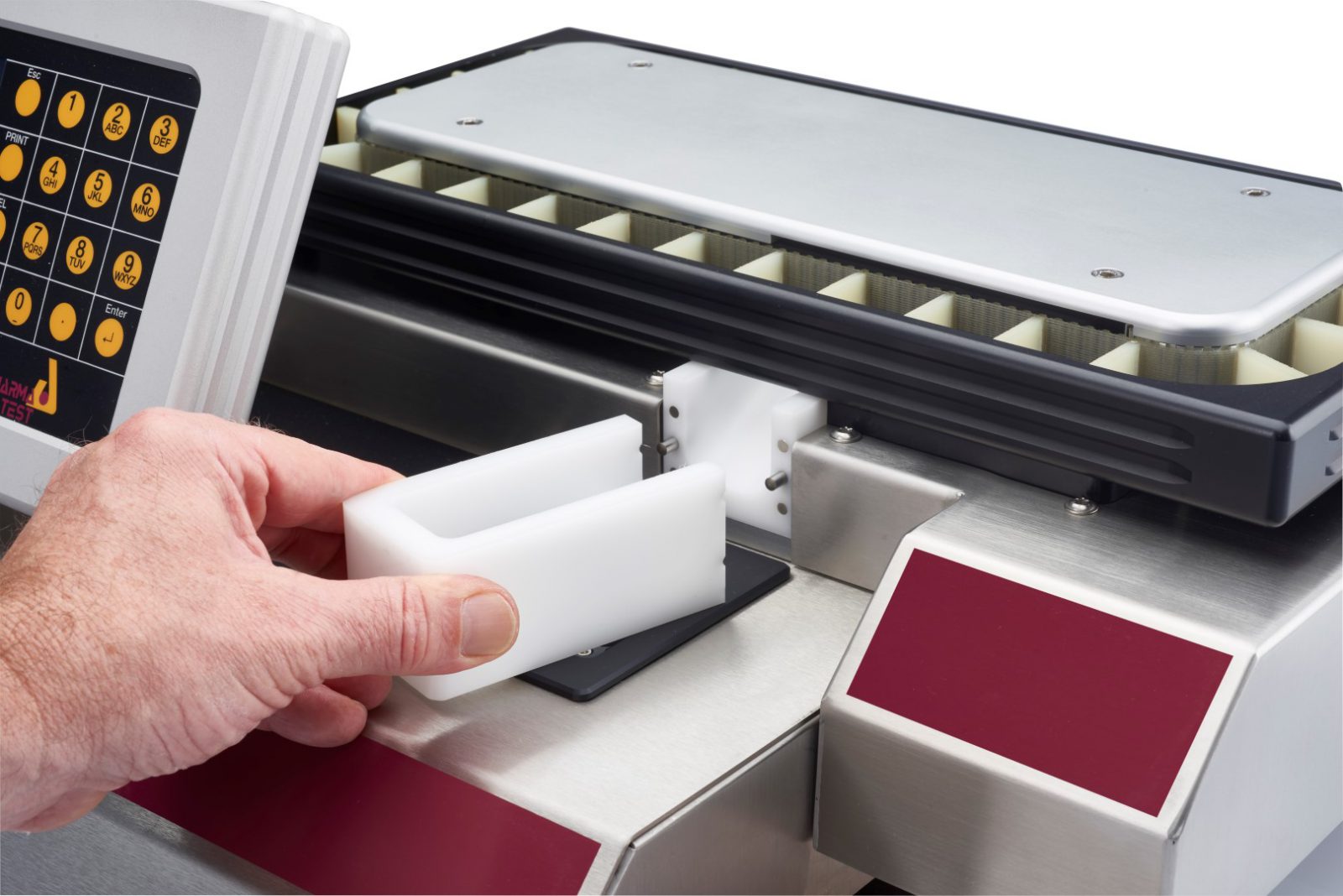
Test Procedure
A class 1 laser beam is used for the touch free measurement of the sample thickness. The beam is used to illuminate a CCD-sensor on the other side of the measurement area. The sample is scanned by the laser beam while simultaneously being moved in front of the CCD-sensor by the moving sample dish. The height of the sample can be determined form the sample’s shadow on the CCD-sensor. Thereafter the sample is automatically moved towards the force jaw to measure the diameter and finally the hardness by breaking it. Once the test is finished and the sample is broken, the sample dish moves backwards to drop the sample fragments into the removable waste container. The results are immediately displayed and may be printed on a connected printer. The print-out includes each individual result as well as product information, date, time, user, instrument serial number and statistics.
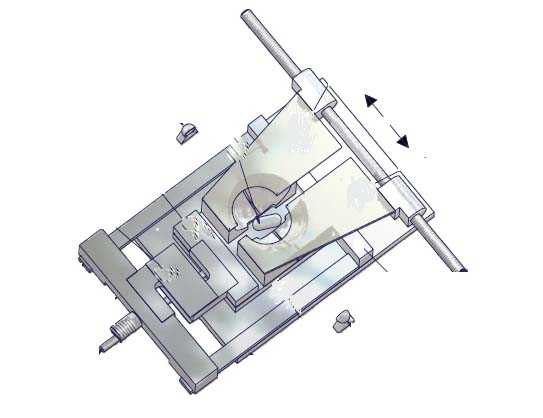
The Feeder and Balance Module
PTB 420 Auto includes a feeder for up to 25 samples and features an integrated Sartorius analytical balance. For tests with more than 25 samples, the instrument prompts the user to refill the feeder once the first 25 samples have been tested.
Balance Dish
Before the samples are dropped into the combined thickness, diameter and hardness test station of the PTB 420 Auto, they are transported onto a balance dish integrated into the feeder. There the individual weight of each sample is determined. The feeder can be removed easily for cleaning purposed. The feeder and testing station are covered by a transparent hood. This can be flipped back to easily fill the feeder. It features a detection system to ensure the instrument only runs when the hood is closed.
Calibration and Adjustment
The current USP Pharmacopeia requires the force sensor of a tablet hardness testing instrument to be calibrated periodically over the complete measuring range (or the range used for measuring samples) with a precision of 1N. All Pharma Test tablet hardness testing instrument can be statically calibrated over the complete measuring range by the use of different traceable counterweights. All instruments support the checking of at least three different points during calibration to prove the linearity of the force sensor.
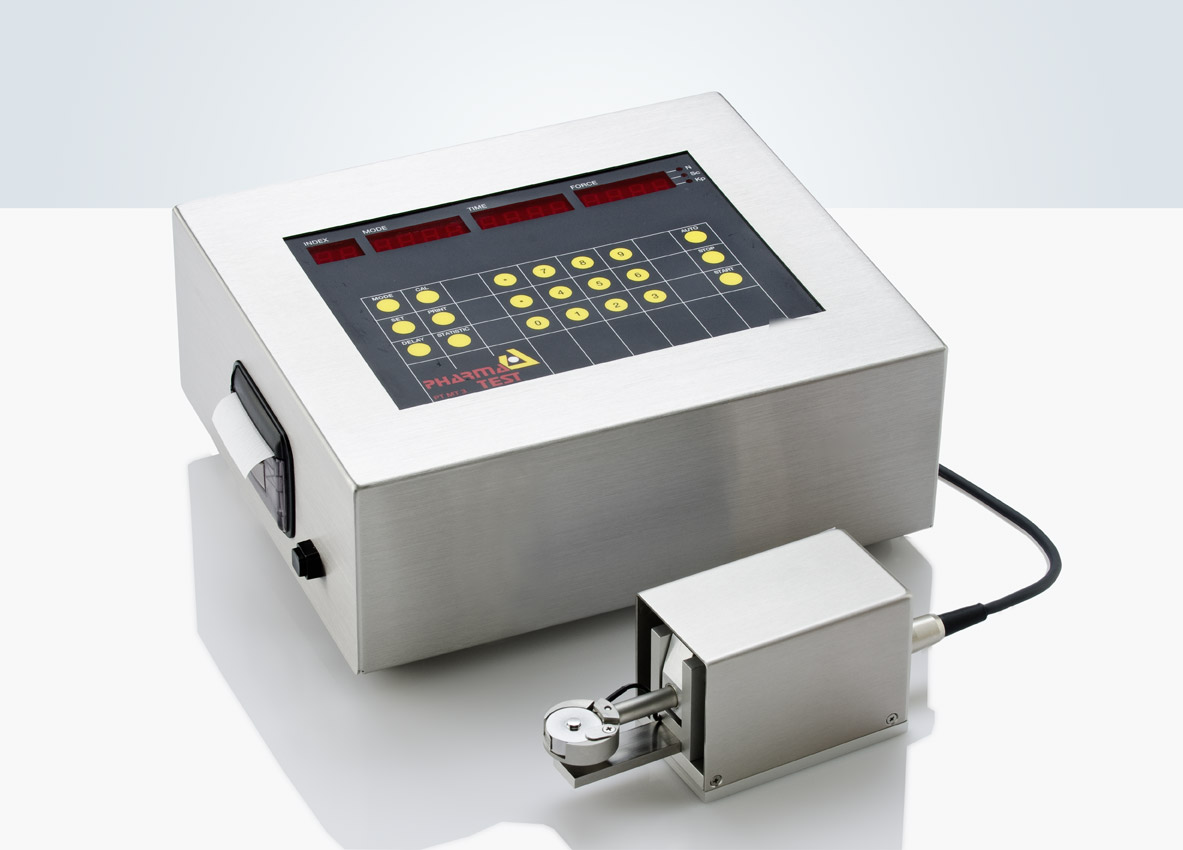 Magnetic Tablet for Hardness Testing available
Magnetic Tablet for Hardness Testing available
Furthermore, Pharma Test offers the PT-MT3 magnetic tablets to calibrate the breakpoint detection of the whole tablet hardness testing instrument (force sensor and mechanics of the instrument). All Pharma Test tablet hardness testing instruments are fully compliant to the requirements of the current USP Pharmacopeia.
Included in the Standard Scope of Supply
- PTB 420 Auto instrument including feeder and balance module
- A set of 3, 5 and 10mm reference blocks
Comprehensive documentation folder including:
- User manual
- QC/DQ testing certificate
- IQ documentation
- OQ documentation
- Conformity Declaration
- CE/EMC Declaration
- Instrument logbook
| Parameter | Specification |
| Hardness Testing Range | 2.0 – 300.0N (optional 5.0 – 500.0N and 10 – 1000N) |
| Hardness Accuracy | Better than 1N |
| Thickness Testing Range | 2.00 – 12.00mm |
| Thickness Accuracy | Better than ±0.05mm |
| Diameter Testing Range | 2.00 – 30.00mm without magazine |
| Possible Sample Size | 22.00 mm x 33.00 mm |
| Diameter Accuracy | Better than ±0.05mm |
| Weight Measurement | has an integrated Sartorius balance |
| Weight Testing Range | 0.0001g – 99.9999g |
| Measuring Units | Thickness and diameter selectable between millimeter [mm] (factory setting) and inches [In] Hardness selectable between Newton [N] (factory setting),Kilopond [kp] and Strong Cobb [Sc] |
| Force Mode | Selectable between linear force increase and constant speed |
| Force Rate: lin. force | 5 – 200 N/sec |
| Force Rate: constant speed | 5 – 250 mm/Min |
| Display | Back-lit color LCD |
| Keyboard | Alpha-numeric keypad and click wheel |
| User Settings User / Passwords Methods Procedures Products | Memory for user defined settings: up to 50 up to 200 up to 100 up to 100 |
| Feeder | Tablet magazine for 25 samples (integrated) |
| Laser Type | Class 1 |
| Interface | » RS232 serial port to connect a Mettler-Toledo or Sartorius balance » Parallel port for printer connection » RS232 port for PC connection » USB port for firmware updates » All interface ports match the SELV- (save extra low voltage) codes. All additional instruments (printer, balance…) plugged to the PTB 420 Auto must also match the SELV-codes. |
| Instrument Housing | Stainless steel (304) to meet GLP requirements |
| Power | 110/230 Volt AC, 50/60 Hz |
| Current Consumption | 0,25A at 230V; 0,5A at 115V; 60W |
| Main Fuse | 2 x T2,0A |
| Grade of Pollution | 2 |
| Operational Altitude | 0 – 2000 m; 0 – 6500 ft |
| Installation Requirements | » Ambient Temperature 10-40°C » Relative Humidity 20-90%rH » Desk with at least 50 kg working load. All around the instrument at least 10cm free distance to walls or other equipment. Free access to the mains power plug and switch. No special ventilation necessary. |
| Use of Corrosive Materials | 0,1 NHCL approved, no other solvents permitted, see cleaning instructions. Possible residues must be removed immediately (see “Cleaning Instructions”) |
| Instrument Dimensions | approx. 400 x 530 x 400 mm (Length x Width x Height) |
| Packaging Dimensions | approx. 500 x 590 x 440 mm (Length x Width x Height) |
| Net / Gross Weight | approx. 20 kg / 30kg (without optional asseccories) |
| Certification | All components certified to USP / EP requirements |
| CE / EMC Certification | All CE / EMC Certification provided |
| Validation | All IQ & OQ documents included |
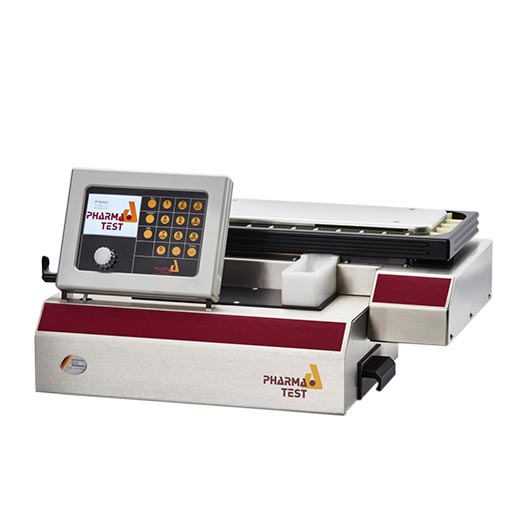
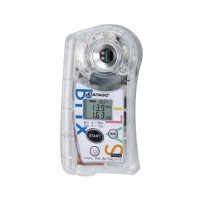
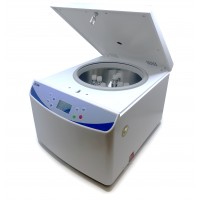
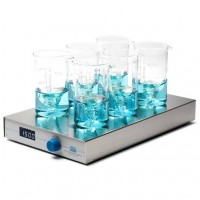
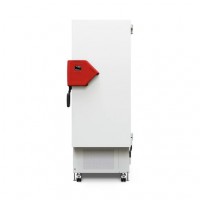
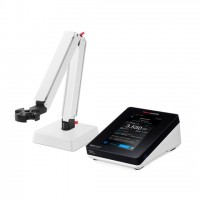

Do you have a question?
min 10 ch